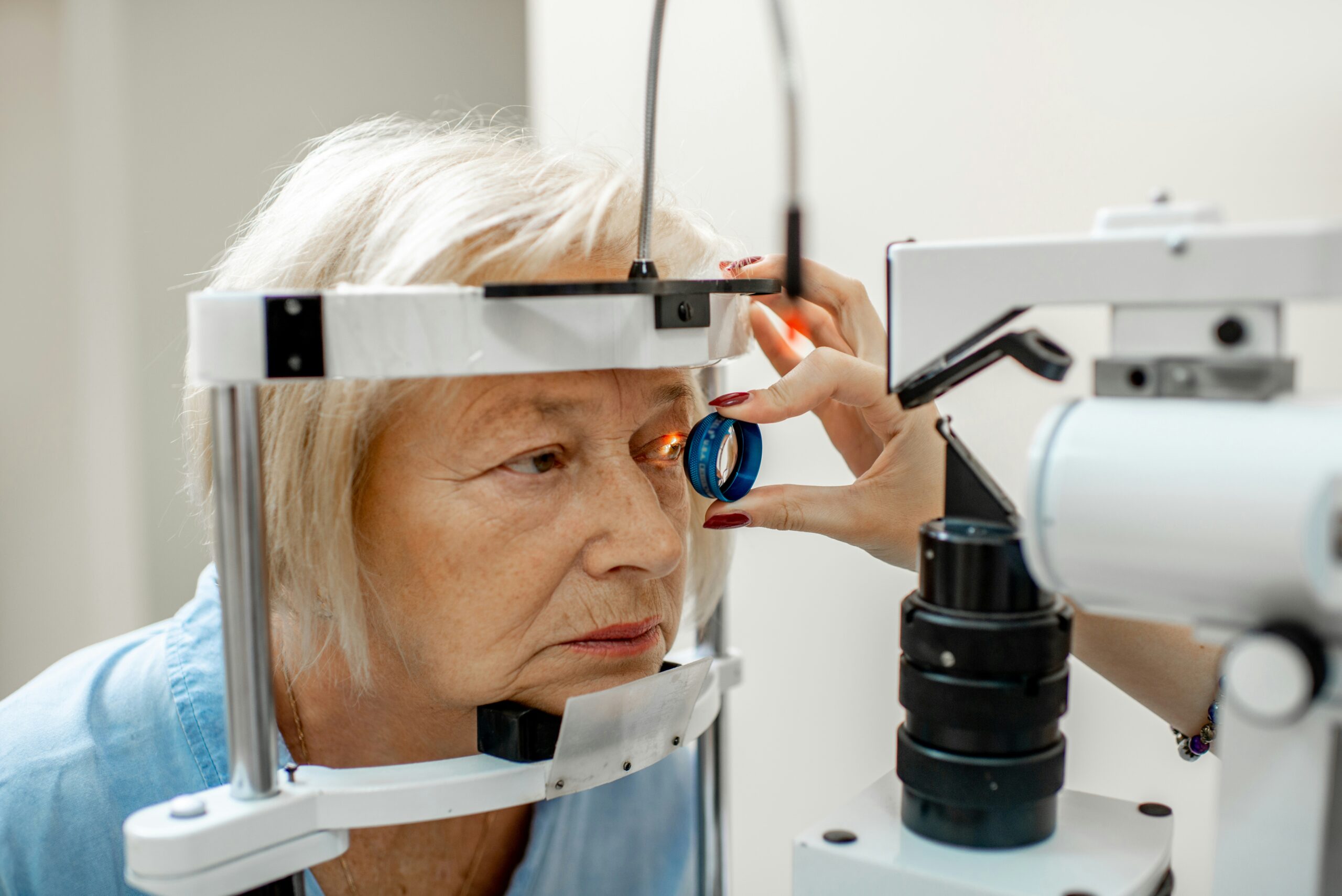
Cataracts are a significant cause of vision impairment, particularly in older adults. They occur when the natural lens of the eye becomes cloudy, making it difficult to see clearly. Traditional cataract surgery removes the cloudy lens and replaces it with an artificial intraocular lens (IOL). Refractive cataract surgery advances treatment by combining cataract removal with refractive vision correction. This article explores the future of cataract treatment through refractive cataract surgery and its benefits. We’ll discuss how it works, its advantages, and why it’s key to better vision.
What is Refractive Cataract Surgery?
Refractive cataract surgery is an advanced procedure that combines the treatment of cataracts with the correction of refractive vision problems. Traditional cataract surgery removes the cloudy lens and replaces it with a standard intraocular lens (IOL). Refractive cataract surgery goes further by using an IOL to correct refractive errors. The IOL in refractive cataract surgery clears the cataract and corrects nearsightedness, farsightedness, and astigmatism. By correcting these refractive errors, refractive cataract surgery can offer patients a more comprehensive solution to their vision problems.
The goal of refractive cataract surgery is to provide better vision by correcting both the cataract and the refractive error, allowing for clearer vision across all distances—near, intermediate, and far. This procedure reduces the need for glasses or contact lenses, offering a more permanent solution to vision problems.
How Refractive Cataract Surgery Works
Refractive cataract surgery involves two primary steps: removing the cloudy lens and replacing it with a customized IOL. The procedure begins with the surgeon creating a small incision in the eye to remove the cataract. Once the cloudy lens is extracted, the surgeon replaces it with a clear IOL designed to fit the patient’s unique needs.
There are several types of IOLs used in refractive cataract surgery, including:
- Monofocal IOLs: These lenses are designed to provide clear vision at a single distance, typically for far vision. Patients may still require glasses for close-up tasks, such as reading.
- Multifocal IOLs: These lenses enable clear vision at both near and far distances, reducing the need for glasses for most everyday tasks.
- Toric IOLs: These lenses are designed to correct astigmatism, providing better vision by reshaping the cornea.
- Accommodative IOLs: These lenses can adjust their focus as needed, allowing patients to see clearly at different distances without the need for glasses.
The selection of the IOL is based on the patient’s lifestyle, visual needs, and overall eye health. Advanced diagnostic tools are used to measure the eye’s shape, curvature, and other vital factors, ensuring the best choice of lens for each patient.
Benefits of Refractive Cataract Surgery
Refractive cataract surgery offers a range of benefits that make it an appealing option for patients with cataracts who also experience refractive vision issues. Here are some of the main advantages:
Enhanced Vision Across All Distances
One of the most significant benefits of refractive cataract surgery is the improvement in visual clarity. Traditional cataract surgery restores vision at one distance, typically for far vision, but refractive cataract surgery allows for clear vision at near, intermediate, and far distances. With multifocal or accommodating IOLs, patients can experience enhanced vision without needing glasses or contact lenses. Whether reading, driving, or using digital devices, refractive cataract surgery provides flexibility and clarity across all types of tasks.
Reduced Dependence on Glasses and Contact Lenses
For many patients with cataracts and refractive errors, glasses or contact lenses are necessary for day-to-day activities. Refractive cataract surgery can significantly reduce or even eliminate the need for corrective eyewear. Many patients find that they no longer need glasses for most activities, thanks to the advanced IOLs used in this procedure. For individuals who want greater visual freedom, this reduction in the need for glasses is a life-changing benefit.
Faster Recovery and Fewer Complications
Another advantage of refractive cataract surgery is the quick recovery time. Unlike older methods of cataract surgery, refractive cataract surgery utilizes smaller incisions and advanced surgical techniques, resulting in less trauma to the eye and a faster healing process. Many patients report improved vision within hours after the procedure and can return to normal activities in just a few days.
Additionally, the risk of complications is lower than with traditional cataract surgery. Modern surgical methods and the use of precise IOLs significantly reduce the chance of infection, inflammation, or other post-surgery issues.
Long-Term Benefits of Refractive Cataract Surgery
One of the significant advantages of refractive cataract surgery is the long-lasting results it offers. The IOLs used in this procedure are designed to provide permanent vision correction. Age-related changes in the eye may still occur, but the IOLs used in refractive cataract surgery are designed to last a lifetime, ensuring stable vision improvements for years.
By treating both cataracts and refractive errors in one procedure, patients benefit from clearer vision and less reliance on corrective eyewear. Many report an enhanced quality of life, no longer needing glasses for tasks like reading, driving, or working on a computer.
Refractive cataract surgery is the future of cataract treatment, restoring vision clarity and correcting refractive errors. The procedure reduces the need for glasses and contacts, with faster recovery times and fewer complications. As technology progresses, this surgery will continue to improve vision and quality of life for those with cataracts and refractive issues.
If you have cataracts and refractive errors, consult an experienced ophthalmologist to see if refractive cataract surgery is right for you. This procedure is changing cataract treatment, offering clear vision and less dependence on corrective eyewear for millions worldwide.